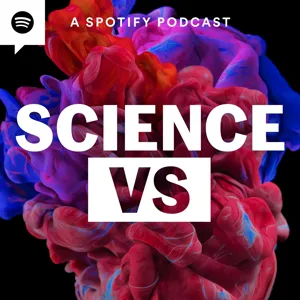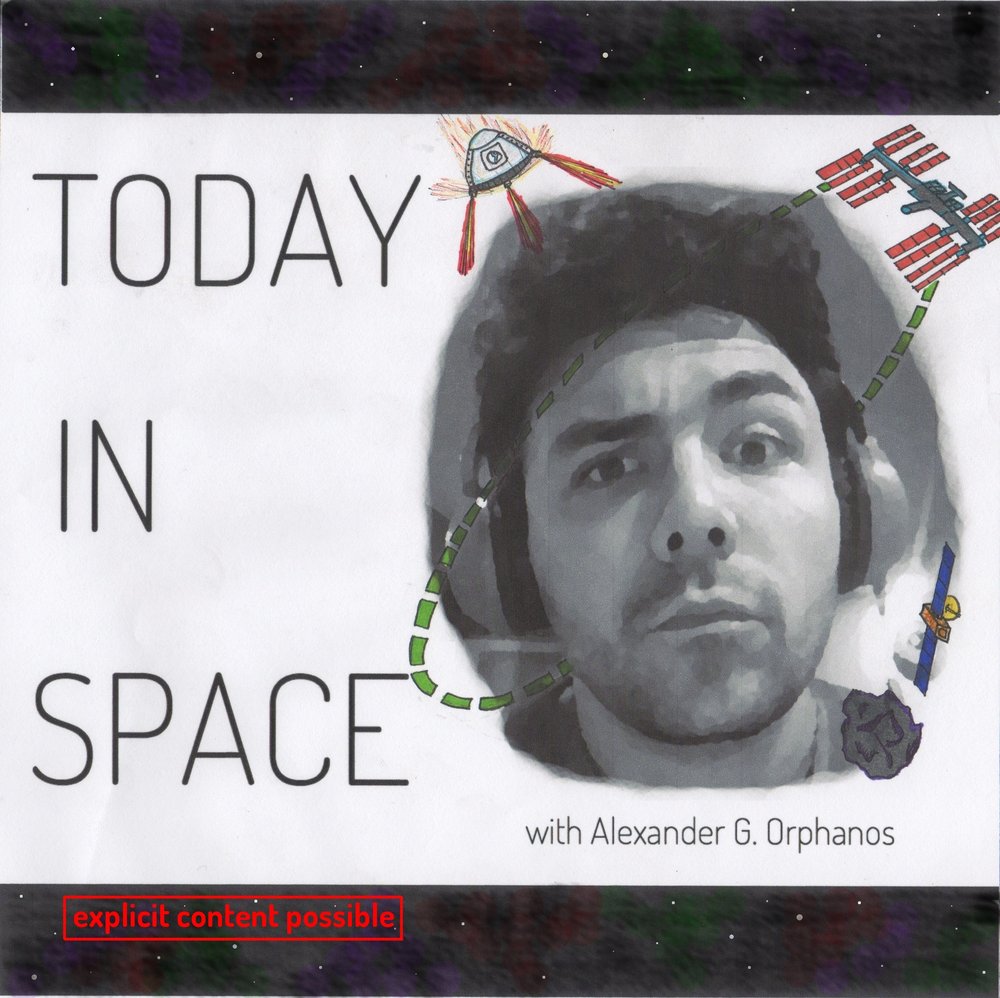Podcast Summary
Creating a 'moat' against the virus: People are taking extreme measures to protect themselves from the virus, including creating barriers or 'moats' to prevent contact.
In today's world, people are going to great lengths to protect themselves from the virus. Alex Bloomberg, from the podcast "Ologies," shares his experience of being extra cautious when getting groceries but feeling overwhelmed when leaving the house. He wipes down every item, but encounters situations where he has to hand over items that can't be disinfected, like a credit card or a pen. Alex's solution is to create a "moat" between himself and the virus, trying to prevent any contact. This discussion highlights the anxiety and precautions people are taking in their daily lives during these uncertain times. Listen to Ologies for more fascinating science stories.
Study finds coronavirus on everyday objects: The risk of getting sick from touching a coronavirus-contaminated object is low, but practicing good hygiene is the best prevention
Everyday objects, such as credit cards, pens, and packages, can potentially harbor the coronavirus, but the risk is relatively low compared to being in close contact with an infected person. A study conducted by Josh Santarpia at the University of Nebraska found evidence of the virus on various surfaces in the rooms of patients with COVID-19, including cell phones, remote controls, and bedside tables. The virus can survive on surfaces and be infectious, but the likelihood of someone getting sick from touching an infected object is low, as the virus would have to be present in large quantities and the person would have to touch it and then touch their face. Ultimately, practicing good hygiene, such as washing hands frequently and avoiding close contact with infected individuals, is the most effective way to prevent the spread of the virus.
The coronavirus can survive on surfaces for several days: The coronavirus can spread through touch and remain infectious on surfaces like glass, plastic, and steel for several days, emphasizing the importance of good hygiene and social distancing to minimize transmission risk.
The coronavirus can survive on various surfaces for different lengths of time. Studies have found that the virus can be spread through touch, and it can remain infectious on surfaces like glass, plastic, and steel for several days. However, the amount of virus left behind by an infected person in a public space is unknown. It's important to remember that these studies were conducted in controlled lab environments, and the actual amount of virus left behind in the real world may vary. The virus is not moving on its own, but if someone with mild symptoms touches a surface and then another person touches it later, the virus could potentially be spread. Therefore, it's essential to practice good hygiene and social distancing to minimize the risk of transmission. The virus can be found in patient rooms, and even in rooms where people had mild symptoms, the virus was detected on various surfaces. It's a reminder that the virus can spread easily, and it's crucial to take precautions to protect ourselves and others.
Focus on good hygiene practices to protect against coronavirus: The coronavirus can survive on surfaces, but it's not the main way we get infected. Wash hands frequently to protect against infection.
The coronavirus can survive on surfaces for a few days, but it's not enough to make us sick on its own. The virus enters our body through our mouth, nose, or eyes, so it's important to focus on hygiene practices like washing hands frequently. Alex's actions of wiping down groceries and credit cards might seem excessive, but Josh from the University of Nebraska suggests that it's not necessary as long as you wash your hands afterwards. Instead, focus on maintaining good hygiene habits to protect yourself from the virus. Use Indeed for efficient hiring processes to ensure you can connect with candidates quickly and effectively. Listeners of this show can get a $75 sponsor job credit to boost job visibility at indeed.com/science.
Protect yourself from coronavirus by preventing entry through nose and mouth: Wash hands frequently, wipe down surfaces, cook fruits and vegetables or wait a few days before eating fresh produce to minimize risk of contamination.
The best way to protect yourself from the coronavirus is by preventing viral particles from entering your body, especially through your nose and mouth. Washing your hands frequently and wiping down surfaces that might be contaminated are effective measures. However, when it comes to fruits and vegetables, it's not clear if the virus can survive on them or if you can get infected by eating contaminated produce. While washing produce with soap and water is an option, it carries risks, such as damaging the lining of your esophagus or upsetting your stomach. Instead, consider cooking your fruits and vegetables, as a study shows that the virus dies at high temperatures. Alternatively, you could wait a few days before eating fresh produce or buy prepackaged produce to minimize the risk of contamination.
Focus on not touching face to avoid COVID-19 infection: Focus on not putting hands in mouth, nose, or eyes to prevent COVID-19 infection. Use distractions to help remember not to touch face.
While it's possible for a takeout pizza box or other items to have COVID-19 viral particles, the likelihood of getting infected just by touching them is low. The virus needs to get inside your body and in sufficient quantities to cause infection. To avoid getting infected, focus on not putting your hands in your mouth, nose, or eyes. If you find yourself struggling to remember not to touch your face, consider using a distraction like playing with yo-yos or carrying heavy objects. The experts we spoke to agreed that these precautions are cautious but not crazy. Remember, the primary goal is to keep your hands away from your face.
The sweet smell of rain is produced by bacteria to attract bugs for their survival: Bacteria release geosmin, an earthy, sweet smell, to attract springtail bugs, spreading their spores and aiding their life cycle.
The earthy, sweet smell we associate with rain is called geosmin, and it's produced by bacteria to attract springtail bugs. The bacteria release spores and the scent, which attracts springtails. The bugs then carry the spores to new locations, allowing the bacteria to spread and continue their life cycle. This natural process is essential for the bacteria's survival, but it also creates a delightful smell for us to enjoy. This episode of Science Versus, produced by Rose Rimmler, Wendy Zuckerman, Meg Driscoll, Michelle Dang, Meryl Horn, Sinduja Srinivasan, and Laura Morris, featured 73 citations. For more information, listeners can refer to the show notes and transcript. The episode was edited by Blythe Tyrell and Caitlin Kenny, fact-checked by Lexi Krupp, and mixed and sound designed by Peter Leonard. Special thanks to the researchers involved, including Christine Brunn, Erin Leigh DiCaprio, Kalmi Aniel, Linda Harris, Megan Freeman, and Yovanna Kovacevic. And a big thank you to the Zuckerman family and Joseph Lavelle Wilson. I'm Wendy Zuckerman, and we'll be back next time with more Science Versus.







